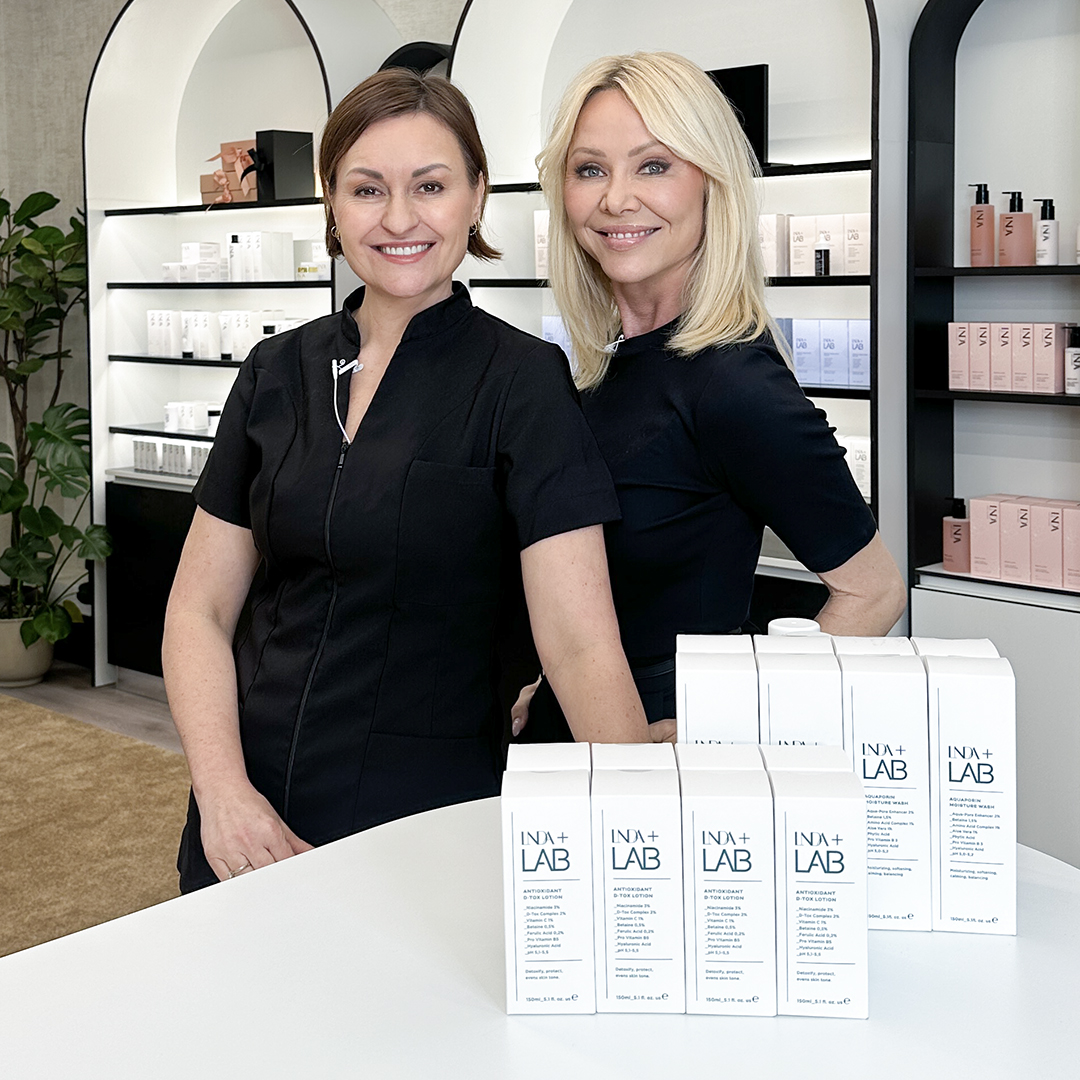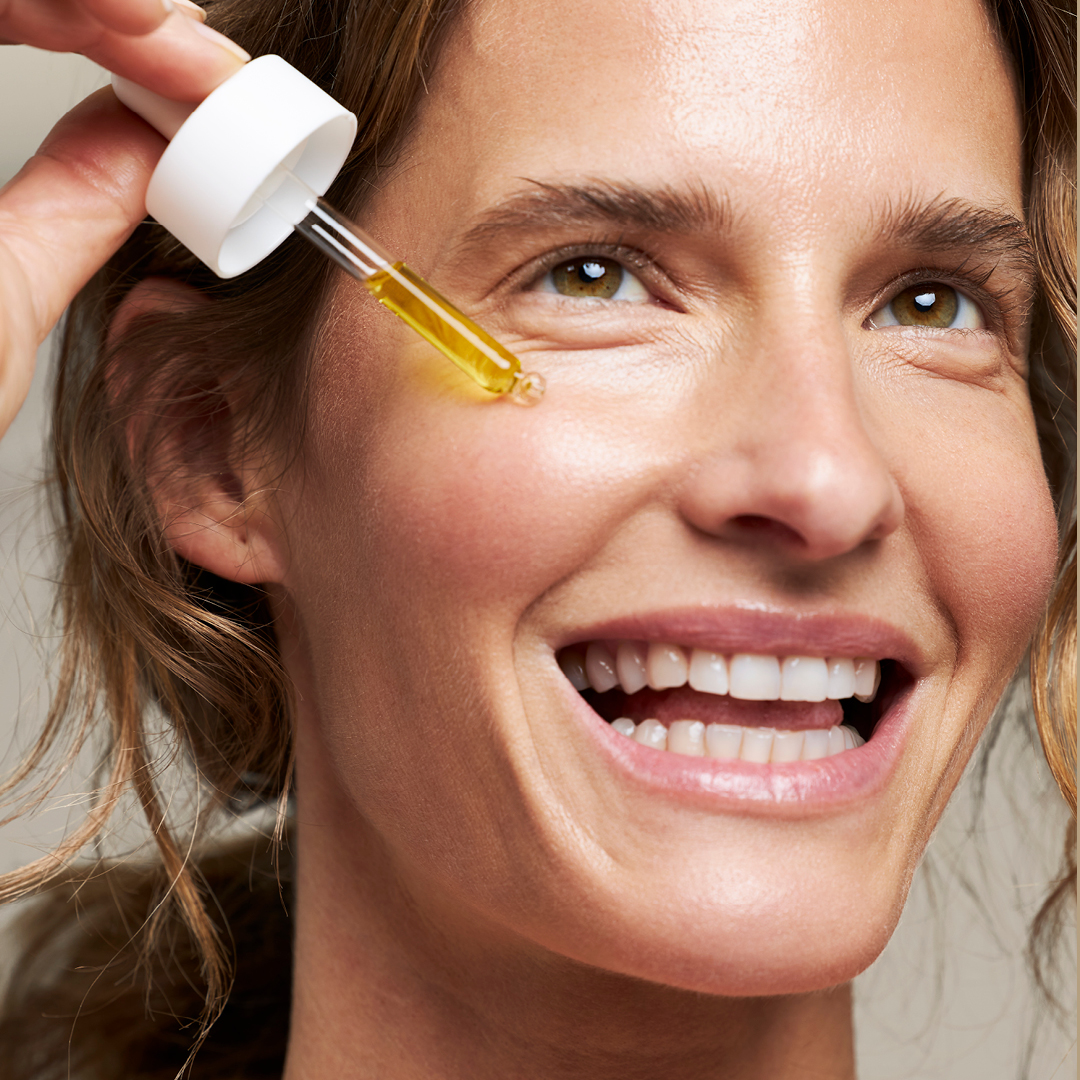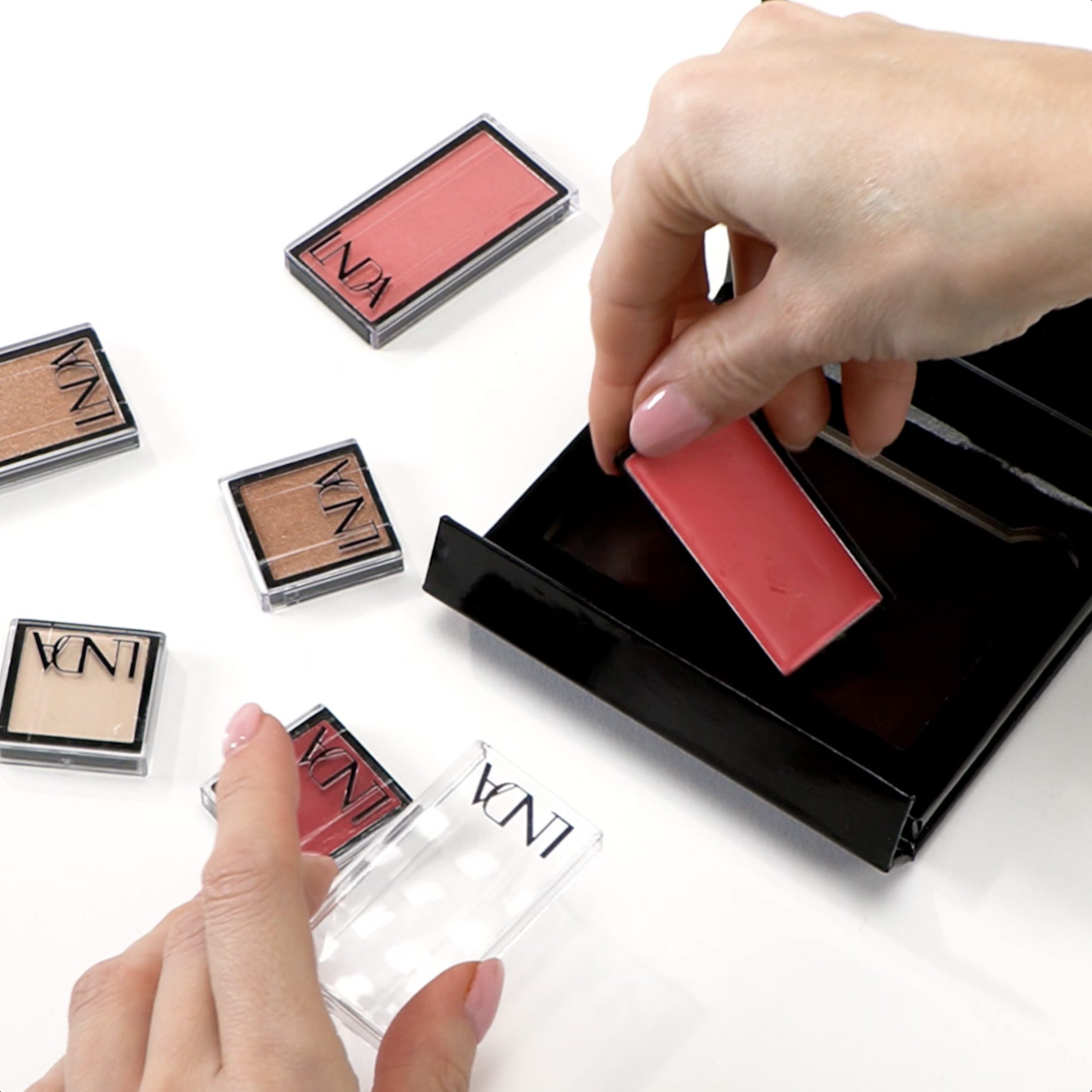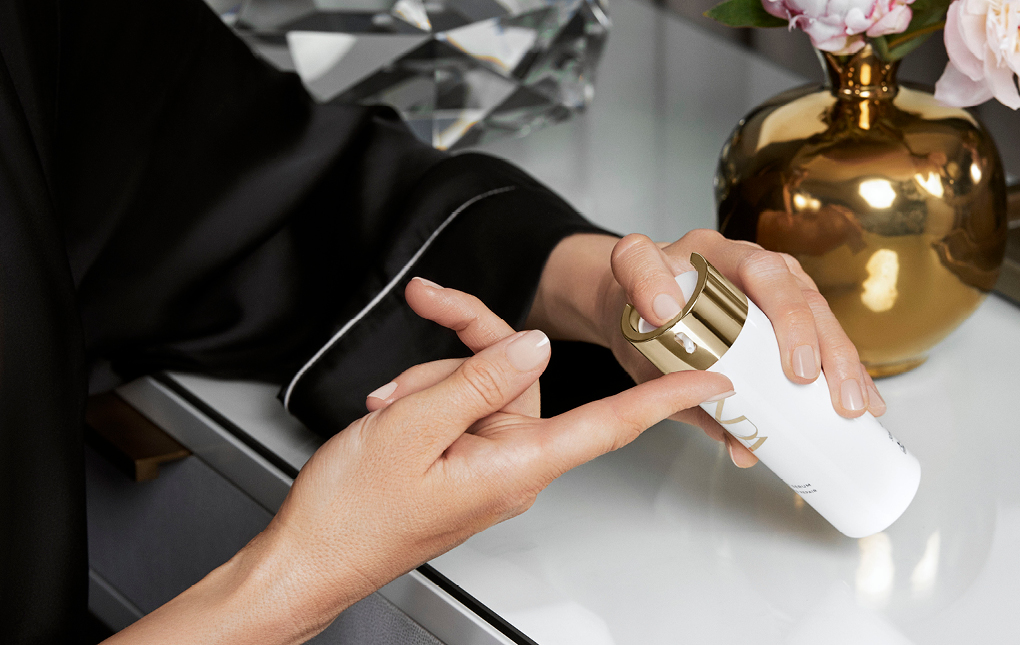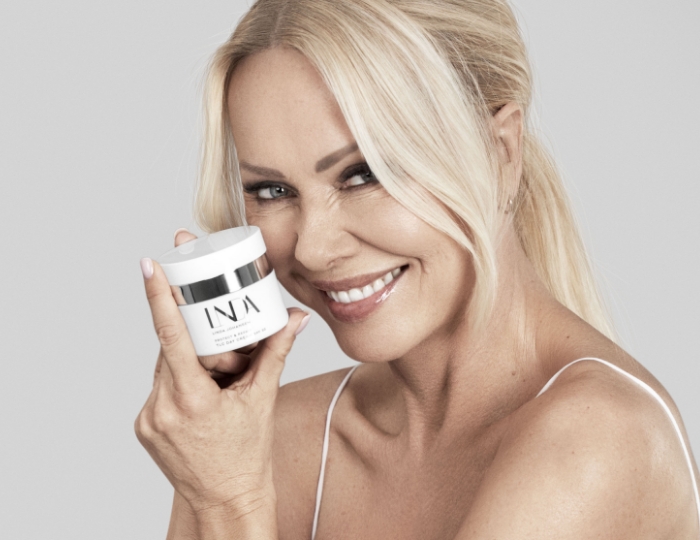How to reduce and remove pigment spots?
Hyperpigmentation, pigment spots, liver spots, age spots, melasma…. "Dear child has many names!
Uneven pigmentation in the skin, in one form or another, many of us struggle with. Most are due to sun damage from a lot of sunbathing earlier in life, but pigment spots can also be affected by hormones - which explains why these spots appear more often in women who are pregnant, breastfeeding or menopausal.
Did you know that 7 out of 10 women get pigment spots, while only 3 out of 10 men get them? Pretty unfair you ask us!
The pigments in our skin are there to protect the skin cells from the sun's UV rays. This is why we get browner in the skin when we have been out in the sun. The sun's UV rays can also burn and cause damage deep down in the skin. When a skin cell is damaged, it no longer works properly. It can result in it producing either too much or too little pigment, it can accumulate with dead skin cells on the skin surface, and the cells that form collagen and elastin no longer work so well. The skin gets an uneven surface - in both color and texture - and looks older.
What can you do to combat pigment spots?
Prevent pigmentation
The most important thing you can do is protect your skin from the sun. Use sunscreen with a factor of sun , and avoid getting sun directly on your face. Wear sunglasses, a sun hat and feel free to lie under an umbrella on the beach. Because it is unfortunately the case that once you have started to get pigment spots, they pop out at the slightest ray of sunshine.
Hormonal imbalances can also lead to pigmentation. So during puberty, pregnancy and menopause you should be extra careful. Birth control pills and other medications can also affect the production of pigment in the skin.
If the skin is light, thin and sensitive, you have scars from acne or other things, there is also an increased risk of getting pigmentation.
Remove pigment spots
Once the pigment spots are there, most people want to make them as invisible as possible. The first thing to be aware of then is that this is going to take time . It took many years for the pigment spots to get there, so it is not done in a jiffy to make them disappear.
The cells that produce pigment are located at the very bottom of the epidermis. The good thing is that all the cells in the epidermis are replaced within a month. It also means that a hyperpigmented cell will use approx. one month on its journey upwards in the skin layers, before it falls off. This is not to say that you can get rid of a pigment spot in a month. It takes time to "raise" the skin cells to produce the right amount of pigment. Some people may find that a pigment spot actually looks darker for a period of time before it fades.
Ingredients for pigment spots:
Vitamin A is probably the best documented ingredient in skin care. With its ability to affect our cell renewal, it will reduce both signs of aging, acne problems AND pigment spots. Retinol is the best known and most powerful form of vitamin A in skin care. Sytenol is the plant-based variant, which has the same properties but is milder against the skin. Sytenol can also be used in the sun - it can not retinol. Age Saver serum contains this.
Hordeum Vulgare extract is one of the new additions to ingredients against pigmentation. It is a plant widely used in Korean skin care, and works by inhibiting the chemical processes that take place in the skin, which causes the cells to produce too much pigment. We have this ingredient in our Radiance Booster .
Niacinamide is an ingredient we are learning more and more about, and it turns out that this also has a good effect on reducing pigment spots. We have made two serums with this super ingredient; Niacinamide Serum 10% and Niacinamide Serum 20% .
